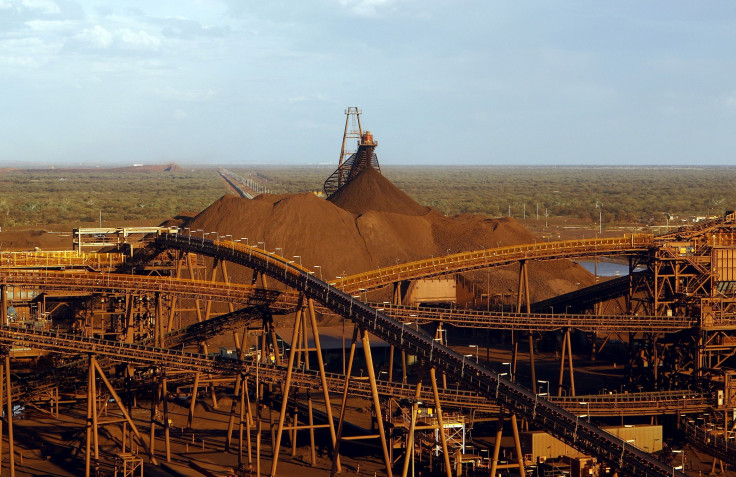Iron ore sustains heavy beating, records largest one-day decline in a year

Iron ore spot markets fell heavily on Friday, marking the first biggest decline in terms of percentage in more than a year. As noted by Metal Bulletin, the spot price for benchmark 62 percent fines slid by a considerably large margin of 6.76 percent to settle at US$75.45 (AU$100.47) a tonne.
With this, the overall slump from the maximum of US$94.86 (AU$126.45) a tonne, as recorded on Feb. 21, now extends to 20.5 percent. Moreover, the overall downslide comes as the largest since March 9, 2016. The benchmark prices have been recorded at their lowest level since Nov. 30. In terms of year to date, the decline stands at 4.3 percent.
The decline has prompted Australia’s central bank and miners to issue warnings that any increases in iron ore were unsustainable. The world’s top shipper has said that the prices for the mineral could come down to US$50s (AU$66.65).
The decline since reaching its multi-year peak in February comes as concerns have been raised regarding increasing supplies from mines in Brazil, Australia and China exceeding their demands. Consumption can also be heavily affected by limitations imposed by China, despite manufacturing picking up momentum.
“There’s an expectation that tighter credit conditions in China will lead to some downturn in property construction in the second half,” Ric Spooner, chief market analyst at CMC Markets in Sydney, said. “At the same time, both seaborne and domestic Chinese iron ore supply looks likely to increase. With Chinese port inventories remaining high, traders are seeing downside risk.”
Australia’s Department of Industry, Innovation and Science revealed in a report that iron ore prices could fall to US$55 (AU$73.31) a metric ton in the final quarter of 2017. Next year’s prediction calls for iron ore prices to fall further to reach US$51.60 (AU$68.78) a tonne, according to the department.
As a result of the battering sustained by benchmark prices, higher and lower grade ores were also affected substantially. “Severe declines were seen across the iron ore grade boundaries today as support for benchmarks gave way,” Metal Bulletin said. “China’s spot rebar prices experienced sharp falls on Friday after the billet and futures markets tumbled. Losses in the futures market worsened the situation, which led buyers to postpone their procurement in anticipation of even lower prices.”
Following Friday’s disastrous fall in spot and futures markets, selling momentum is expected to stall and maybe even reverse on Monday. In overnight trade on Friday, Chinese futures closed higher than the lows witnessed earlier in the session. This has suggested that reaching the lows may have encouraged traders to come back into the market. Meanwhile, rebar futures remained unaffected, with coking coal and coke futures closing higher.
Source: YouTube/Financial Times






